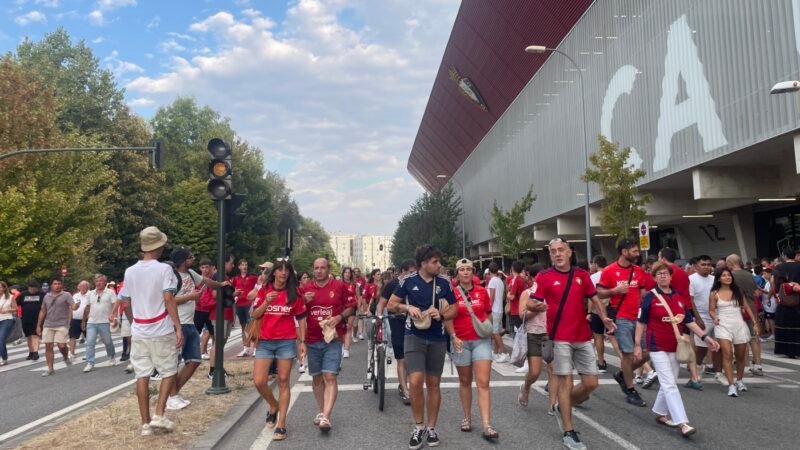Summary Points
-
Crowd Dynamics Research: Iker Zuriguel, an applied physicist, studies crowd behavior to optimize flow and improve safety, especially in events like concerts and sports where dense crowds can lead to danger.
-
Physics Over Free Will: Individual decision-making often gives way to physical laws in crowded situations, creating patterns such as lane formation where people unconsciously follow others to avoid collisions.
-
Experimental Insights: Early experiments with obstacles in particle and animal movement revealed that physical dynamics can enhance crowd flow; however, applying similar methods to human crowds remains complex due to their unique movements and behaviors.
-
Real-World Applications: Zuriguel analyzes crowds during the San Fermín festival, discovering consistent movement patterns that could inform safety strategies, ultimately aiming to prevent crowd-related incidents and fatalities.
Physics of Crowds: Preventing Crushes in Public Spaces
After a thrilling soccer match at Pamplona’s El Sadar stadium, a rush of fans floods onto the streets. An applied physicist stands nearby, ready to study this mass of humanity. He aims to understand how crowd dynamics work and how they can enhance safety.
When people crowd together, individual intentions often blend into collective behavior. For instance, fans unconsciously form lanes as they navigate, following those ahead. This instinctive behavior helps them avoid collisions but can lead to dangerous situations if the crowd density becomes too high. Such tight packs can cause trampling or injuries.
The physicist’s research traces back to an earlier interest in particle movement. After observing that grains flowed better with obstacles in a chute, he turned to studying crowds. He discovered that adding barriers could enhance flow, a finding he sought to confirm with humans. Initial tests with soldiers, however, faced complications, revealing that human behavior differs vastly from particles or animals.
Despite challenges, the physicist continues his work, particularly during Pamplona’s annual festival. Here, as thousands gather, he films and analyzes crowd movements. Surprisingly, he found that in the chaos, individuals traced circular patterns, yielding insights into crowd behavior. This unexpected result might help develop strategies to manage crowd flow effectively.
As his studies advance, he believes that understanding crowd dynamics could lead to improved safety measures at large gatherings. Instead of facing chaos, we might use science to create comfortable and secure environments. His ongoing research aims to turn fascinating crowd behavior into actionable insights, potentially saving lives during events.
Ultimately, this interdisciplinary work illustrates the benefits of applying physics to real-world situations, highlighting how scientific understanding can lead to safer public experiences.
Discover More Technology Insights
Dive deeper into the world of Cryptocurrency and its impact on global finance.
Stay inspired by the vast knowledge available on Wikipedia.
SciV1

